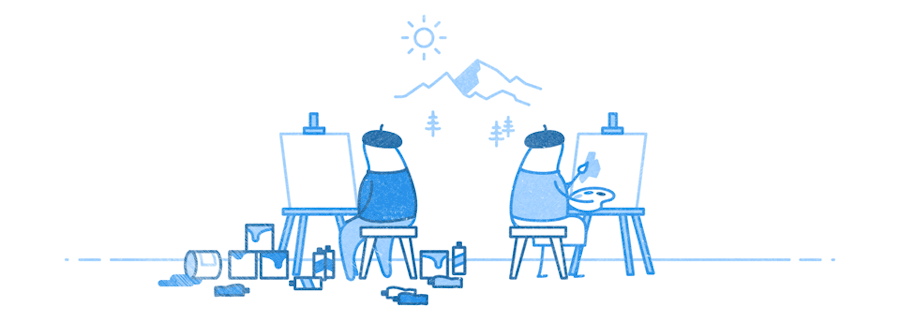
Forget about formatting. Focus on ideas
They say the pen is mightier than the sword, but confronting an A4 abyss can be daunting – especially if your tools aren’t right for the job. Even Hemingway called it ‘facing the white bull’.

Beginning with ideas
The point of any creative work is to impart information. The structure and flow are the bones of the presentation, which give it shape and form, life and coherence. Without it, the work will be limp and lifeless.You want to start with content and structure first. Only then does the look of a presentation become important. So why do most pieces of software force the person to start by choosing the font and theme first? There is something paralysing about having to decide on the format of a title slide first. As any designer will tell you, the form should follow the content, not the other way around. Or to say this another way, if you start with 20 empty slides, you will fill them.
Leave the fonts, ignore the format. Start with an outline, build a narrative, then build the bulk of the presentation or project before dressing it. If your flow of information is clear in your head, then it’s likely it’ll be clear for your audience to understand too.
The benefits of restriction
Why is it that people can still make innovative work with instruments as basic as a guitar and drums? Brian Eno thinks that it’s because the instruments are so limited that people are still exploring possibilities. The simpler the tool is, the easier it is to understand what it does and what its capabilities are. Then, the faster one stops focusing on what the tool can do and starts focusing on what they can do with it.
“What if this font was bolder? Smaller? Larger? What if we put a diagram here instead?” A lot of this can get in the way of what you’re trying to say. It’s a challenge we’ve used as a guiding principle for Dropbox Paper – stripping back all distractions so ideas come faster, clearer, and more easily onto the page. You should try it out. It’s easy.*
*As easy as tackling the white bull can ever be.


